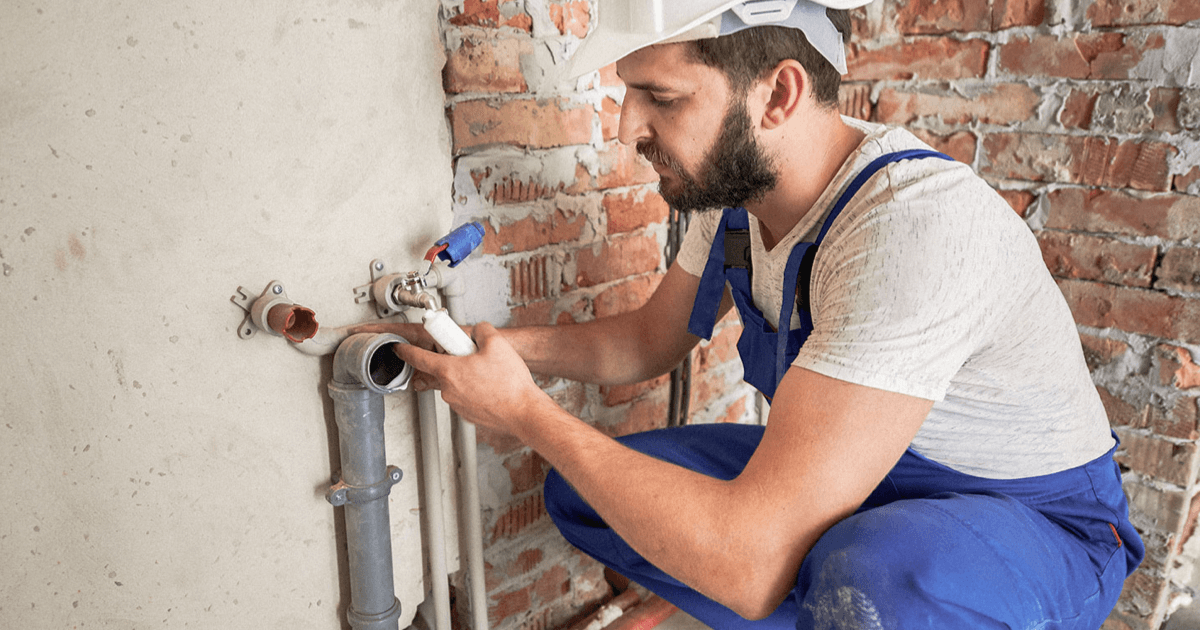Rapid and Reliable Drain Cleaning Alabaster AL Services Available
Rapid and Reliable Drain Cleaning Alabaster AL Services Available
Blog Article
A Step-by-Step Overview to Efficient Water Heating System Setup for Optimal Efficiency
Starting the job of installing a water heating system is an endeavor that requires precision and a methodical method for accomplishing optimal performance. The procedure starts with the vital choice of choosing the suitable heater tailored to the specific requirements of your family, considering aspects such as kind, energy, and size source. Once picked, preparing the setup location to satisfy safety and security requirements is extremely important. However, the trip does not finish right here. As you proceed, the ins and outs of connecting supply of water lines and establishing reliable electrical or gas connections wait for, encouraging insights right into guaranteeing effectiveness and reliability.
Picking the Right Water Heater

Next, consider the dimension and capability of the hot water heater. It's vital to evaluate your family's warm water needs, which can differ based on the number of owners and their usage patterns. An unit that's as well little might bring about inadequate warm water, while a large design might cause unnecessary energy consumption.
Efficiency scores also play a critical function in selection. Search for water heating units with high Energy Variable (EF) rankings, indicating exceptional performance and decreased power use. Tankless designs, though commonly more costly ahead of time, offer considerable power savings over time because of their on-demand heating abilities.
Preparing the Installation Location
Before setting up a new water heating system, thorough preparation of the setup area is necessary. It's vital to measure the area thoroughly to suit the water heater's dimensions, ensuring ample clearance around the system for efficient operation and maintenance.
Following, eliminate any particles, dust, or blockages from the site to develop a tidy atmosphere. Examine the flooring for stability, as the hot water heater will need a solid, degree surface area to operate effectively. If required, mount a drip pan beneath the device to capture potential leakages or spills, protecting against water damage to the surrounding location. In areas susceptible to seismic activity, consider installing seismic bands to secure the heating system firmly in area.
In addition, make sure that all necessary tools and products are on hand before commencing the setup. This includes products such as wrenches, screwdrivers, a level, and any kind of added hardware required for placing and safeguarding the heating unit. A well-prepared installation area establishes the foundation for an effective hot water heater setup, maximizing performance and safety.
Connecting Water Lines
When connecting supply of water lines to your recently set up hot water heater, it is important to make sure that all links are leak-free and safe and secure to keep effective procedure and prevent water damage. Begin by determining the hot and cold water supply lines. The cool water inlet is normally marked with a blue tag or a "C", while the warm water outlet is marked with a red tag or an "H".
Usage adaptable hot water heater ports to promote a much easier setup process. These adapters can absorb resonance and permit small activity, lowering the threat of leakages. Before affixing the connectors, place a plumbing technician's tape around the threaded ends of the water heating unit's inlet and outlet pipes - Plumbing Services Alabaster AL. This tape functions as a sealant, preventing leaks. Thoroughly attach the adaptable pipes to the corresponding inlet and electrical outlet, making certain that they are tight however not over-tightened, which can damage the strings.
As soon as connections are in location, slowly transform on the major water shutoff. Check each connection for leakages by aesthetically examining and feeling for wetness. Tighten connections as essential, and guarantee the pressure relief valve is properly set up, safeguarding against excessive stress build-up.
Establishing Up Electric or Gas Connections
Correctly establishing up the electrical or gas links for your water heating unit is a crucial action to make certain effective and safe procedure. For electric hot water heater, start by verifying that the electric circuit works with the heating unit's voltage and amperage needs. Ensure the power supply is switched off at the breaker to avoid mishaps. Connect the electrical cords to the heating unit adhering to the supplier's circuitry representation. Generally, this entails attaching the ground cord to the environment-friendly terminal, and the continuing to be cables to their matching terminals, securing each with cable nuts.
For gas hot water heater, safety is critical. Verify that the gas supply is off prior to proceeding. Link the gas line to the water heating system making use of a versatile gas connector, guaranteeing it is correctly threaded and secured with pipeline joint compound or Teflon tape suitable for gas links. Tighten the connections with a wrench, taking care not to over-tighten (Plumbing Alabaster AL). linked here
When connections are made, check for any potential leakages. For gas lines, apply a soapy water remedy to the joints; bubbles show a leakage. For electric connections, double-check that all wiring is safe and properly shielded, maintaining compliance with regional electric codes.
Testing and Changing for Efficiency
With the electric and gas links safely in location, the following step is reviewing the functional efficiency of your water heating system. Begin by carefully transforming on the water supply and making sure there are no leakages at any of the joints or shutoffs.
Next, execute a complete assessment to ensure the burner or gas heaters are working appropriately. For electrical heating systems, make use of a multimeter to validate if the components are drawing the proper existing. In gas versions, observe the heater fire; it needs to be stable and blue, indicating effective combustion.
Adjust the setups as needed to remove ineffectiveness. Take into consideration implementing insulation measures, such as including a hot water heater covering, to better improve performance by decreasing heat loss. Additionally, examine the anode pole's problem, as a worn-out rod can minimize view it now effectiveness and bring about storage tank deterioration.
Conclusion
Effective water heating system installment is critical for making certain optimal efficiency and energy cost savings. By picking the ideal kind and size, and meticulously preparing the installation area, a structure for success is established. Safely attaching water system lines and thoroughly establishing electrical or gas links decrease possible concerns. Detailed screening for leakages and accurate thermostat changes to 120 ° F boost integrity and performance. Abiding by these steps advertises long-term capability and energy conservation in household water heating unit.

Effectively establishing up the electric or gas links for your water heating system is a vital step to guarantee effective and risk-free operation. For electric water heating units, start by verifying that the electric circuit is compatible with the heating unit's voltage and amperage demands. Connect the gas line to the water heating unit using an adaptable gas port, ensuring it is appropriately threaded and secured with pipeline joint substance or Teflon tape appropriate for gas connections.
Report this page